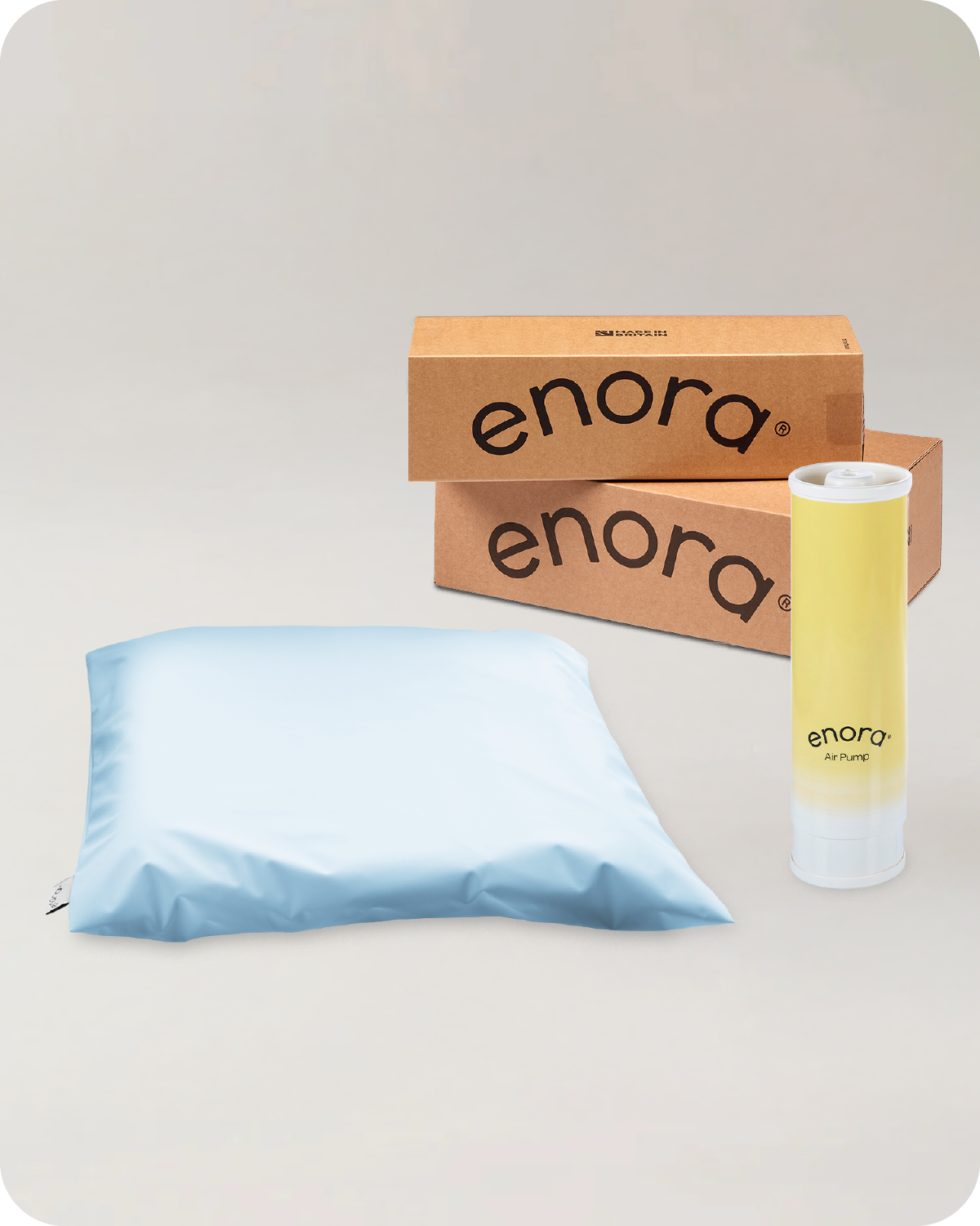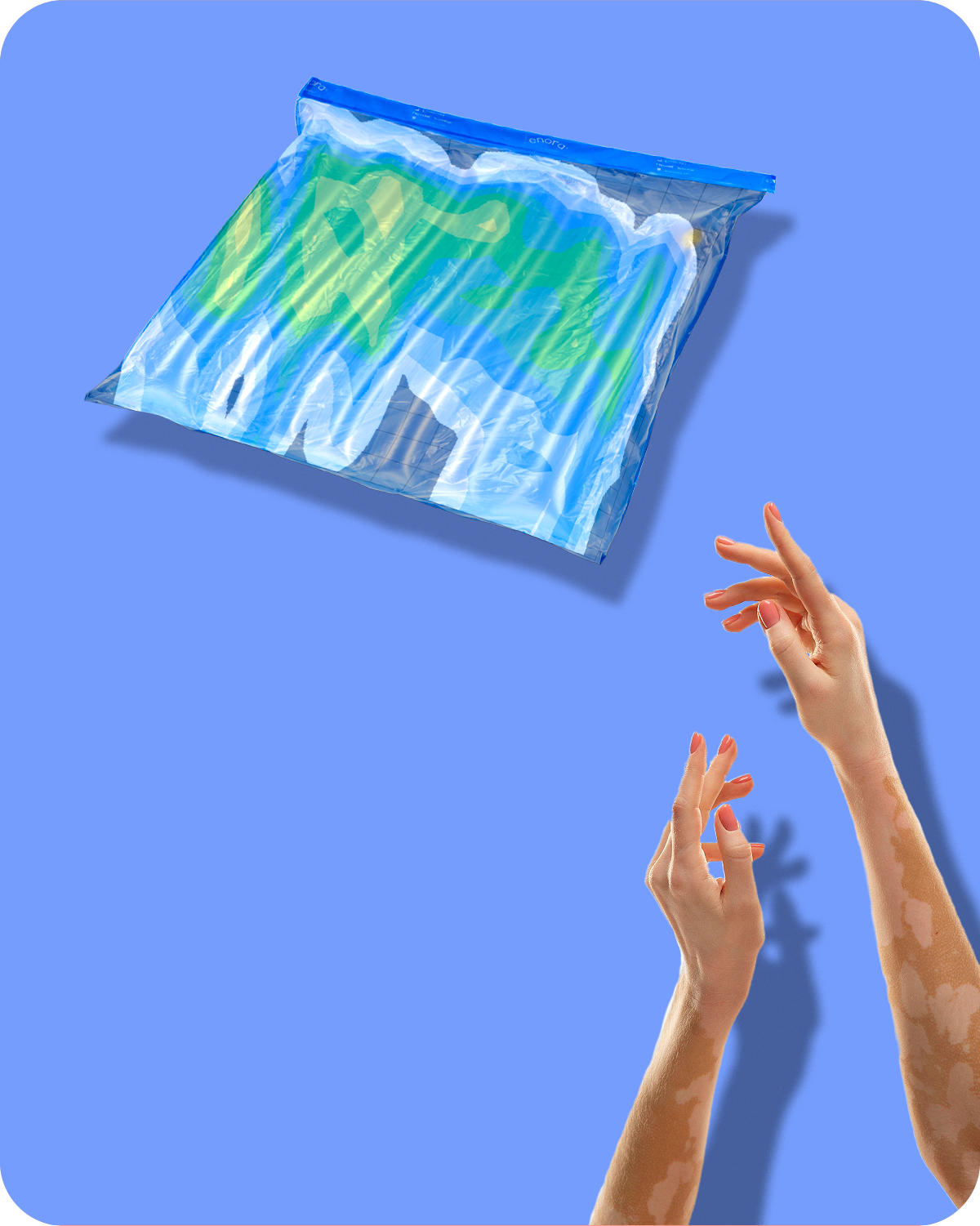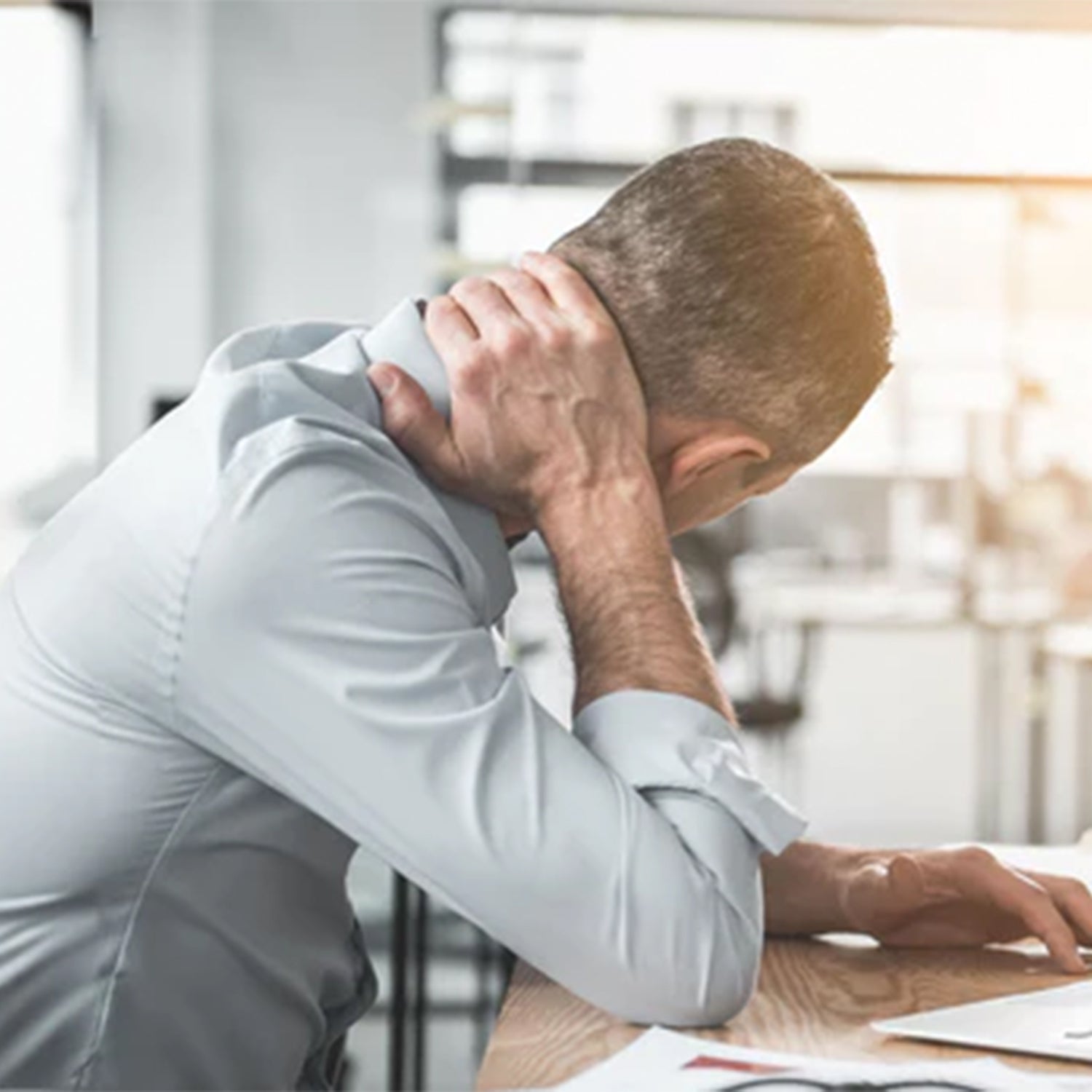Preventable, treatable and painfully misunderstood - it’s time to demystify pressure sores. In this blog, we answer the question “What are pressure sores” and explain everything you need to know about the condition. We’ll cover:
- What are they?
- What causes them?
- Who’s most susceptible to them?
- How are they treated?
- How to prevent them
What are pressure sores?
Pressure sores are painful, at times angry-looking wounds that pop up in localised areas of the body. They can appear almost anywhere but typically develop in the bonier spots such as hips, elbows, heels and head.

As a condition, they cause a lot of discomfort, and if left untreated, can be incredibly painful and debilitating. Too often, we’ve seen them take over people’s lives, leaving those affected feeling uncomfortable, embarrassed and alone.
But it doesn’t need to be this way.
By understanding the causes, treatment and ways to prevent it, we can move on and enjoy life, never defined by our needs. So, let’s get to it.
What causes pressure sores?
It's the body’s response to a lack of proper blood flow - something we all need to keep our tissues healthy. Without enough blood flow, the area won’t get the oxygen and nutrients it needs. This lack of nourishment causes the skin, and tissues below, to break down - leading to painful blisters and angry wounds.
There are a few main culprits when it comes to causes - here are the main ones:
Prolonged pressure.
When you stay in one position for an extended period, it places continuous pressure on certain parts of the body, which in turn, can lead to pressure sores.
Friction.
When your skin rubs against fabric or clothing, it can cause irritation and damage. This friction can worsen the effects of pressure and make your skin more vulnerable to developing pressure sores.
Moisture.
If the skin stays moist for too long (be that from sweat, urine or other bodily fluids), it weakens the body’s protective barrier. Moisture softens the skin and makes it more at risk of damage and breakdown.
It’s important to understand how other aspects of living can affect the chances of developing this condition. For example, skin health and circulation play a huge part. Ageing naturally causes the skin to become thinner and more fragile. But poor nutrition, smoking and dehydration are often overlooked factors that have a huge impact.

Who’s most susceptible to pressure sores?
The truth is, pressure sores can develop in various areas of life and can affect anybody. But, they are mainly a concern for people with reduced mobility, or immobility. Basically, if you’re sitting or lying down for long periods of time, you may develop pressure sores. Here are some examples:
Short-term injury/post-surgical recovery: If you get a short-term injury, or have had surgery, you’ll likely be prescribed bed rest. While this time off your feet may help you heal, the sudden change and time in one position can cause pressure sores.
Long-term immobility: If you use mobility support such as crutches, zimmer frames and wheelchairs, then you’ll find the same areas of your body are taking on a lot of pressure. Over time, this can lead to sores developing.
Pregnancy: During pregnancy, your body transforms, and takes on a lot within a short period of time. Discomfort can creep in, and with it, a temporary reduction in mobility. This is where the risk of pressure sores develops.
Office work: This is a sneaky one. Long days at the desk often mean sitting in one position for a long time. This puts pressure on the legs, hips and elbows, and can lead to pressure sores.
Aircare, designed for you
How are pressure sores treated?
So, now we know the answer to what are pressure sores, what causes them, and when we’re likely to get them, we can move on to treatment.
If you or someone you know is suffering from pressure sores, you should visit a healthcare professional to have the wounds professionally assessed and treated. We understand that this can be a worry or even an embarrassment, but repeat after us:
You are not alone.
Over 700,000 people each year experience pressure sores.

We hope the following information will help you to understand what to expect from your visit and your road to recovery.
You’ll need to explain that you're experiencing discomfort, and in what areas. You may be asked to describe the pain (ie is it sharp, throbbing, sore?) and suggest the severity. At this point, you may be asked about the likely causes, be this a change in lifestyle, injury or something else.
Your GP will need to take a look at the area affected. They’ll assess the appearance of the skin, looking for redness, swelling, blisters and warmth. They may lightly press the area - this is to check for tenderness or pain.
Pressure sores come in a range of shapes, sizes and severity. Healthcare professionals label these as stages. In some cases, you may be sent for further tests, but a physical examination will often lead to a diagnosis.
Pressure sores can be treated. How this is done depends on their severity, but it can include dressings, creams and ointments, antibiotics and other medical support. All treatment will include advice for preventing further pressure sores.
How to prevent pressure sores
The thing with this condition is that it’s all about prevention. By understanding what causes pressure sores, you can recognise when you or a loved one may be at risk - and take the pressure off before the damage is done.

The key to prevention is movement. You need to stop pressure piling on one area of the body for long periods of time. If you’re mobile, this is simple enough to manage. If you’re struggling, try setting alarms on your phone to take a stretch and walk about throughout the day. But for those living with short or long-term immobility, this can be a challenge. You need to be able to change positions regularly - whether that’s with the support of a loved one or carer, or with specialised support.
With professional pressure area care, you can relieve the symptoms of and prevent pressure sores altogether. But here’s what we hate, the equipment and products that do this are bulky, and ruin the aesthetic of your space. Your home shouldn’t revolve around your healthcare needs. And we’re here to make sure it isn’t.
Here at Enora, we’ve been pioneering pressure sore care for over 20 years within the healthcare sector. We’ve decided it’s time to put our professional support into home-friendly solutions.
Our Repose® technology is clinically proven to treat and prevent pressure sores. There’s a reason it’s used by the NHS. Through unique low-air distribution designs, it basically prevents the pressure building, by gently recirculating the air around the used area of the product, allowing blood circulation to continue freely, stopping sores in their tracks.
And now, for the first time ever, this technology has been applied to subtle, pressure area care that blends into the background. Providing effective treatment and prevention without taking over your space. All so you can:
- Be free
- Be comfortable
- Be you
We hope you found this information helpful. For further pressure sore support, be sure to explore our resources.






Leave a comment
This site is protected by hCaptcha and the hCaptcha Privacy Policy and Terms of Service apply.